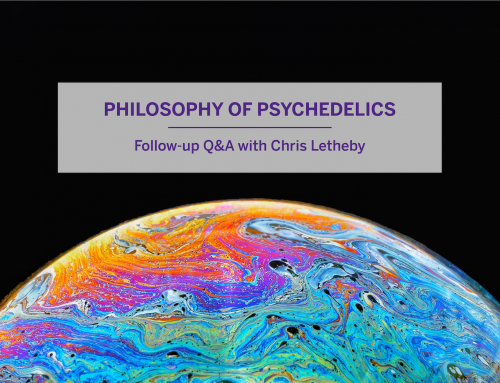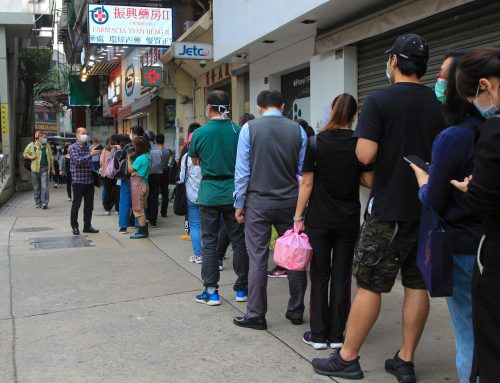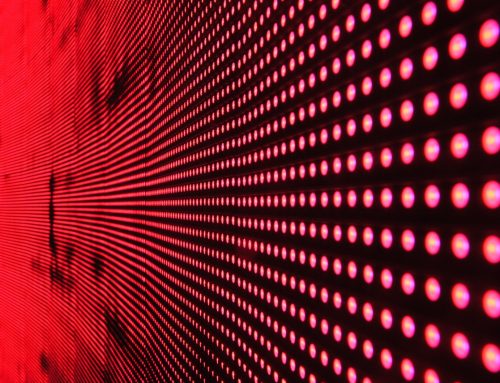By Amy Wuest
Grischa Metlay, in her 2006 paper “Reconsidering Renormalization: Stability and Change in 20th-Century Views on University Patents,” traces conceptual shifts in the debates surrounding public policy from the 1940’s through the 1980’s. As the title implies, some things changed while others didn’t. She argues that the concept of “intellectual property” underwent minimal changes, while the concept of “the public interest” shifted dramatically during the same time period. Concepts such as “the university,” and “the university inventor” changed subtly, motivated by a requirement to remain consistent with an evolving understanding of “the public interest.” It will be the task of this post to add some clarity to the concept of “the public” as it relates to how we ought to understand “the public interest.” It is my hope that the thoughts presented here will encourage a more reflective attitude towards “the public.”
The shift in the concept of “the public interest” was, broadly speaking, inline with much of the politics of the 1980’s, characterized by moves away from, or directly opposed to “big government” and new deal programs. Clumsy and burdensome bureaucracy was held responsible for slowed economic growth, which itself was responsible for decreases in quality of life. Depression era university patent policy may be characterized as protectionist. Not, protectionist qua nation (a characteristic of Bayh-Dole era policies), but rather protectionist qua the well being of individual consumers. The aim of this brand of protectionism was to rein in, if not end, misleading advertising for products marketed to the general public that were either lousy or harmful.
The new Bayh-Dole legislation did not share in these concerns, favouring instead a policy that would promote the distribution of products, and hence “reward” the produces/inventors. The policies of both the 1940’s and the 1980’s were aimed at the promotion of the public good, where “the good” was the product of one or another economic philosophy. But what about “the public”?
One’s first inclination at an answer might be simple: the public is everyone. However, such a simple characterization doesn’t meld with the practices and the problems that depression era policies were meant to address. Consider the example of the cure-all, snake-oil peddler. He’s certainly not trying to con himself, so in that case, practically speaking, the public would be everyone but him. However, this kind of exclusion won’t always hold in considerations of what might constitute the public. In the case of the Bayh-Dole legislation, the crafters and congressional voters would certainly be constrained by that conception of the public. They would therefore be bound in principle by the law, if not in practice. One must exercise further caution still as larger groups may be excluded from what is meant by “the public.”
When sentencing guidelines were amended to address a (perceived?) crime wave in the 1990’s, new mandatory minimum sentences were introduced to protect “the public good”. Of course, these sentencing guidelines resulted in an unprecedented rise in the number of incarcerated people, some of whom are now serving life sentences for non-violent offences, many of whom suffer from drug addiction, mental illness, in addition to long-term poverty. It’s hard to imagine that members of this population actually constituted “the public” that legislators were referring to while stumping for the passage of this legislation. It’s not just that members of populations likely to be the most negatively affected by this law, but rather that their interestes weren’t taken into account at all when it was written. While “the public” is a vague concept, it is not vacuous.
Let’s return again to our question: What’s the public? Even though a stable definition seems not to be possible, we can certainly understand what is meant by a particular speaker when the public is discussed. For example, politicians often substitute “the public good” for the interests of people who are likely to vote for them. Very often, what is couched in the language of “the public good,” is actually a good–whether instrumental or intrinsic–for a specific group. If we understand “the public” as the set of people over which goods are distributed, then as a result of competing and divergent interests, “the public” will be a fractured concept. This fracturing then makes the concept of “the public” a convenient vehicle for the justification or rhetorical defense of some political position or ethical stance. Whether a particular policy proposal is in anyone’s interest is an empirical question, that,as it turns out, is also dependent on one’s particular view of the good. The latter will be the topic of tomorrow’s post.





